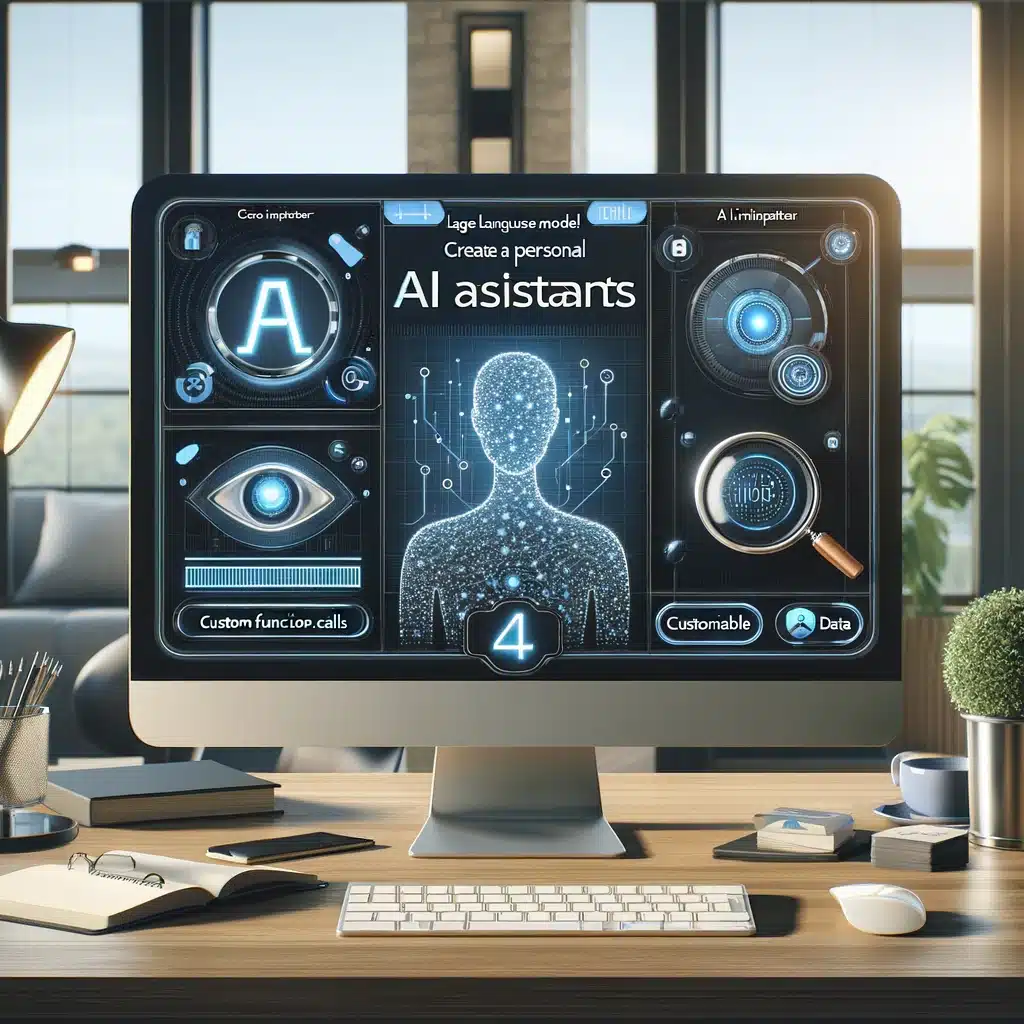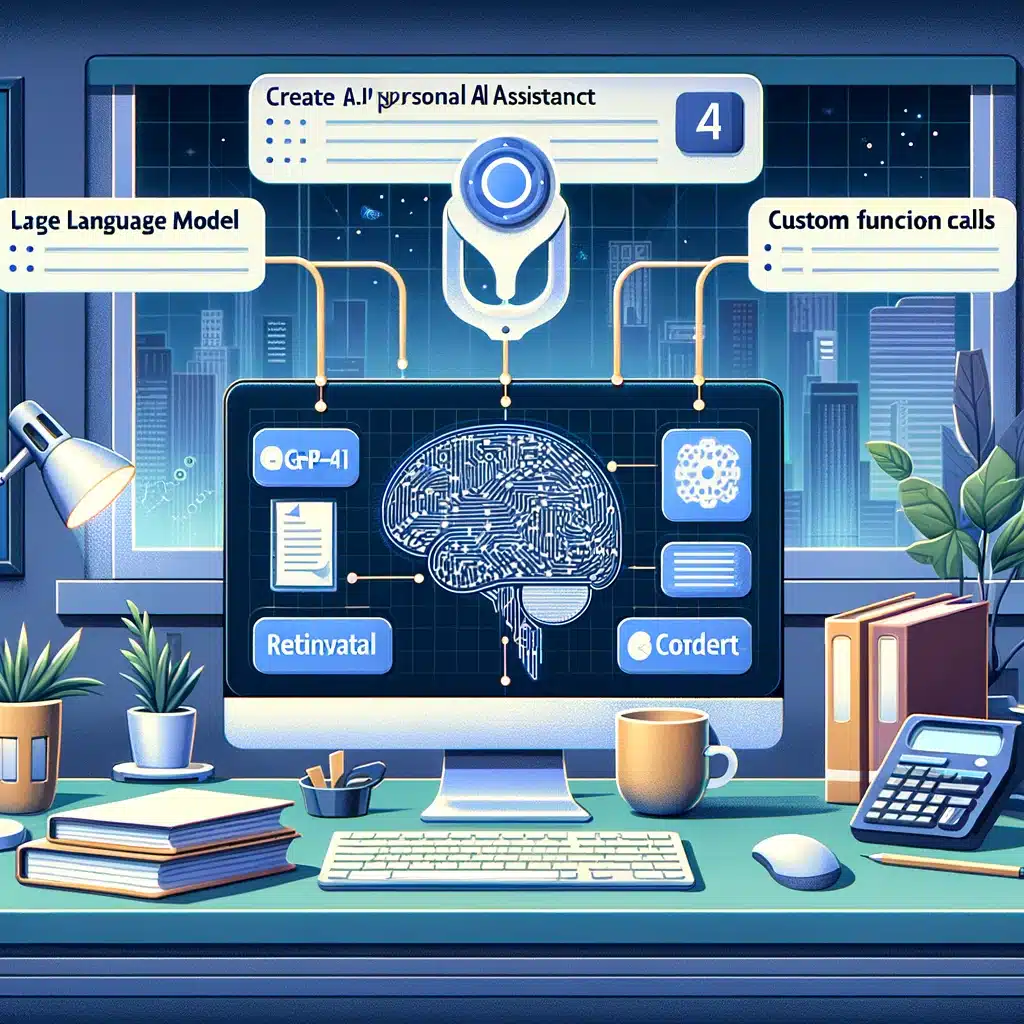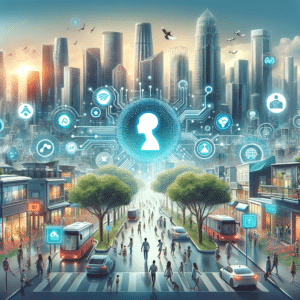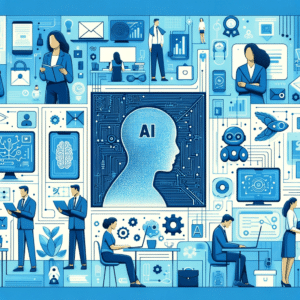Creating a personal AI assistant or an intelligent conversational agent (ChatBot) has become a fascinating and accessible reality thanks to technological advances.
OpenAI, a major player in the field of AI, now offers a method for creating your own assistants by focusing on four key components. This simplified approach opens the door to endless possibilities, allowing everyone to personalize their assistant according to their specific needs.
To use the functionality described below, go to here.

The Four Key Ingredients for creating your AI assistants
The Large Language Model (LLM) – GPT-4:
The LLM is the heart of the assistant, handling logic and natural language processing.
This advanced model, trained on a massive corpus of text including all Wikipedia pages, allows the assistant to understand and generate complex and logical responses, making it versatile and intelligent.
GPT-4 is openAI's most advanced LLM. It is not the only existing model and OpenAI is not the only LLM provider, but to date, it must be recognized that it is above the others in terms of quality. For lower quality and a much lower cost, take the GPT-3.5 model.
The Interpreter Code – An Improved Calculator:
LLMs, such as GPT-4, are not optimal for precise mathematical calculations. Indeed, they are made to predict the next word and are impressive at reasoning but do not know how to dissect a calculation problem, even a simple one.
This interpreter acts as an extension capable of handling complex calculations, thus compensating for the limitations of the LLM in this area.
The idea is simple: the LLM is used to write code to be executed. This code is then injected into the interpreter code, which simply executes it. The result is then used by the LLM to continue its response.
A Search Tool (Retrieval):
Purpose: To enable the assistant to find specific information needed to answer questions.
As the strangers said, “To find a needle in a haystack, you must first find the haystack.” » This tool plays this role by identifying the key information to seek and performs a semantic search in a corpus of documents to find the answer elements. We speak of a vector database because the meaning of each paragraph is encoded by a vector.
In the case of the OpenAI tool, no need to understand what is happening here, you can simply upload documents which will then be automatically cut into pieces and encoded into vectors without you needing to interact.
The Call for a Custom Function:
This allows you to integrate specific and personalized actions, such as publishing articles, ordering supplies, or even more complex tasks.
This component provides the ability to tailor the wizard to unique and specific needs. This is an advanced and optional feature that allows you to connect your assistant to other services.

OpenAI's approach, by focusing its efforts on these four ingredients, has simplified the process of creating personalized AI assistants.
This approach marks a turning point in the field of AI, making the technology more accessible and adaptable to individual needs. Whether for everyday tasks or more ambitious applications, this innovation opens the door to a new era of personalization and integration of AI into our lives.
By internalizing what has been tried by other companies through its APIs, OpenAI continues to evolve and shape the future of artificial intelligence by increasingly integrating the entire value chain.


